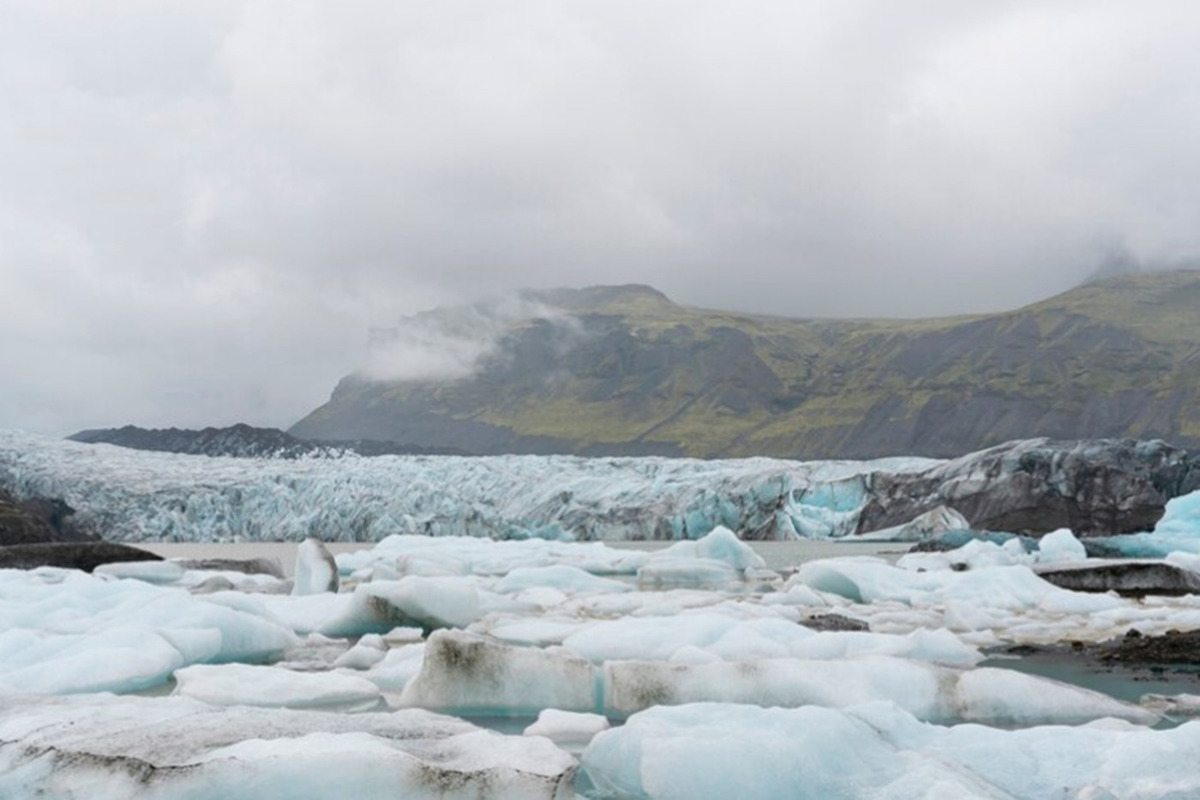Global warming has led to changes in the Earth’s rotation speed
[ad_1]

In the next couple of years, every person in the world will lose a second of their time. Humans will influence exactly when this happens as melting polar ice caps alter Earth’s rotation and time, according to a new study.
The hours and minutes that make up the length of our day are determined by the rotation of our planet, which is not constant. The fact is that this rotation can change very slightly, depending on what happens on the surface of the Earth and in its molten core. These almost imperceptible changes sometimes mean that the world clock needs to be set to “leap second.” After a long trend of slowing, the Earth’s rotation is now speeding up due to changes in the planet’s core. And as a result of these processes, for the first time in history, it will be necessary to remove one second.
“The negative leap second has never been added or tested, so the problems it could create appear unprecedented,” says Patricia Tavella, a time officer at the International Bureau of Weights and Measures.
Exactly when this happens is influenced by global warming, according to a study published in the journal Nature. Melting polar ice is delaying the leap second by three years, moving it from 2026 to 2029.
“Part of understanding what will happen to global timing depends on understanding what is happening to the global warming effect,” explains University of California geophysics professor Duncan Agnew.
Let us explain: until 1955, a second was defined as a certain fraction of the time during which the Earth makes one revolution around its axis in relation to the stars. Then came the era of highly accurate atomic clocks, which proved to be a much more stable way of determining the physical second. Since the late 1960s, the world began using Coordinated Universal Time (UTC) to define time zones. UTC is based on atomic clocks, but still keeps pace with the planet’s rotation. But since the rotation speed is not constant, the two time scales gradually diverge. This means that a “leap second” needs to be added from time to time to bring them into line.
Changes in the Earth’s rotation over the long term were caused by the action of tides on the ocean floor, which slowed its rotation. According to Agnew, a significant factor recently has been the melting of the polar ice caps, caused by humans burning fossil fuels to heat the planet, and meltwater moving from the poles to the equator, further slowing the Earth’s rotation rate.
Glaciologist Ted Scambos describes this process as a skater spinning with his arms raised above his head: as he lowers his arms to his shoulders, his rotation slows down.
Geophysicist Agnew admits that the melting of the polar ice caps was significant enough to have an unprecedented impact on the entire Earth’s rotation, and the fact that humans caused the Earth’s rotation to change is somewhat surprising.
Although melting ice slows down the Earth’s rotation, there is another factor that affects global timing – processes occurring in the Earth’s core.
The planet’s liquid core rotates independently of its solid outer shell. According to Agnew, if the core slows down, the solid shell speeds up to maintain momentum, and that’s what’s happening now.
“Very little is known about what happens approximately 2,900 kilometers below the Earth’s surface, and it is unclear why the speed of the core changes. This is fundamentally unpredictable,” Agnew emphasized.
According to the study, it is clear that although polar ice melt is slowing, the Earth’s rotation overall is accelerating. This means that soon the world will have to subtract a second for the first time.
“A second is not that long,” Agnew reassured humanity. At the same time, the computing systems used in the stock exchange must be accurate to the thousandth of a second. Many computer systems have software that allows you to add a second, but few can subtract. People will have to reprogram their computers, which can lead to errors.
The glaciologist says the study’s importance is that it shows that “changes in the Earth’s core are now outpacing ice loss trends at the poles, even though ice loss has increased over the past decade.”
According to Duncan Agnew, the findings could be a powerful tool to help people understand how they are changing the planet.
[ad_2]
Source link








